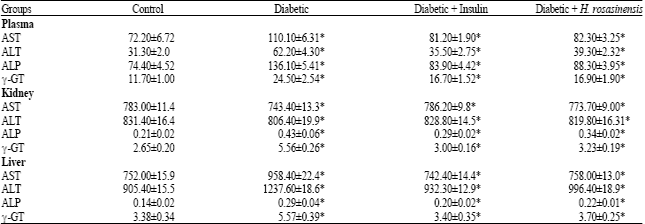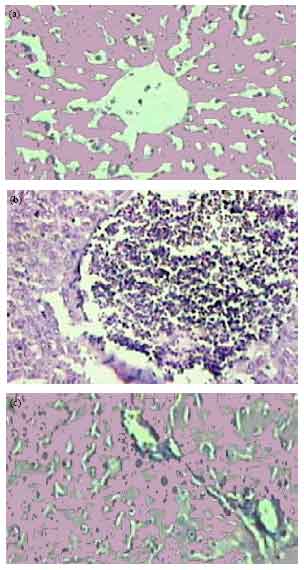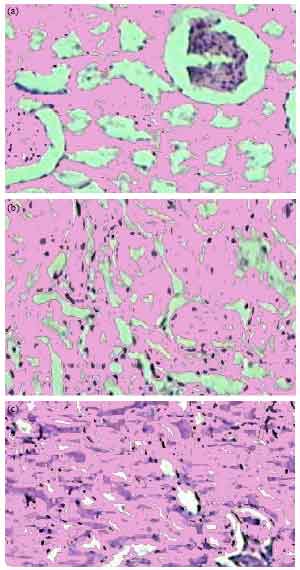Research Article
Anti-Diabetic Effects of Aqueous Ethanolic Extract of Hibiscus rosasinensis L. on Streptozotocin-Induced Diabetic Rats and the Possible Morphologic Changes in the Liver and Kidney
Department of Pharmacology, S.N. Institute of Pharmacy, Pusad, Nagpur Road, Pusad, Dist. Yavatmal, Maharashatra, 445204, India
S. A. Sreenivas
Guru Nanak Institute of Pharmacy, Ibrahimpattnam, Hyderabad, India












